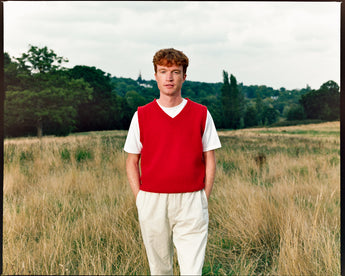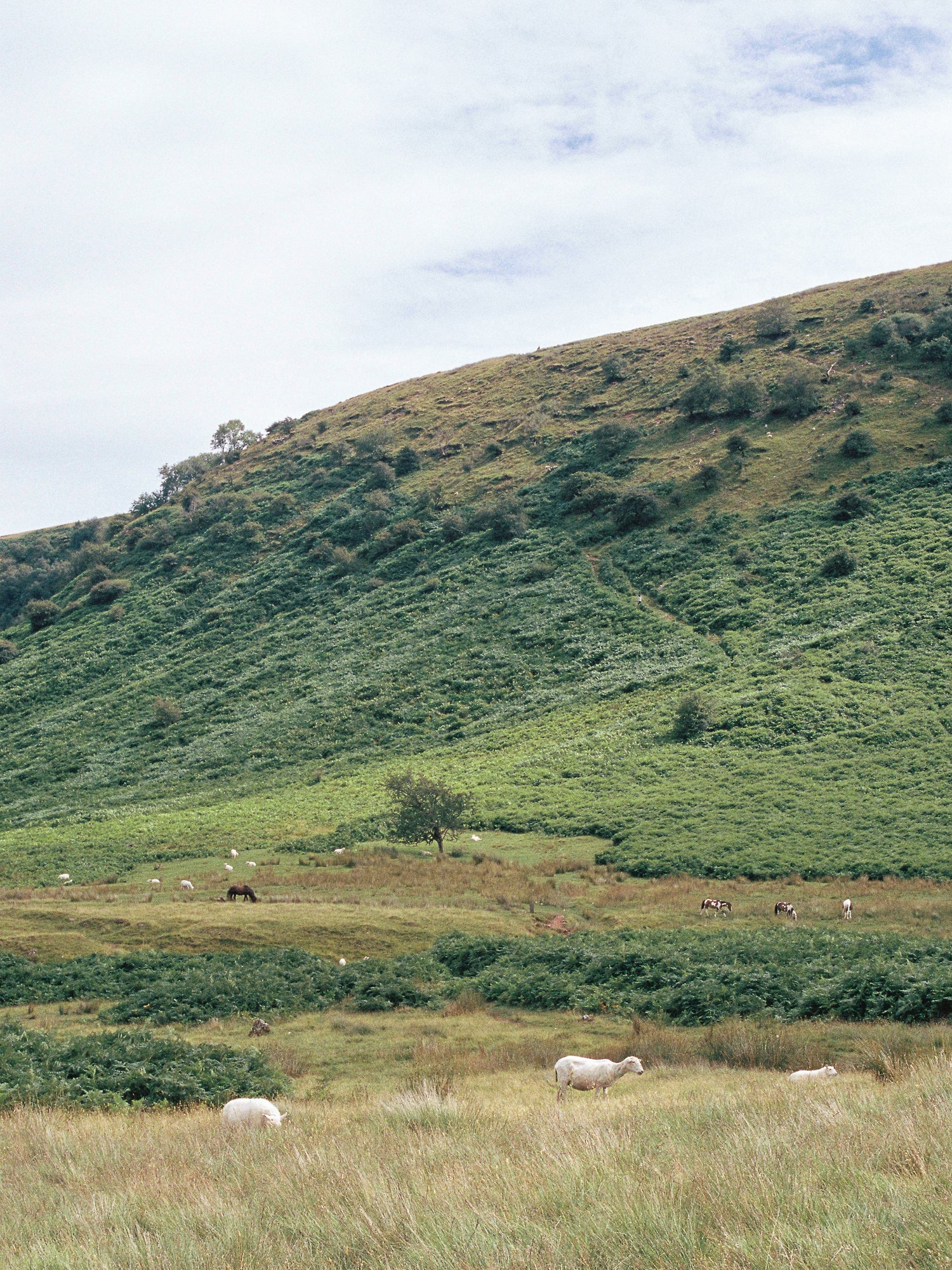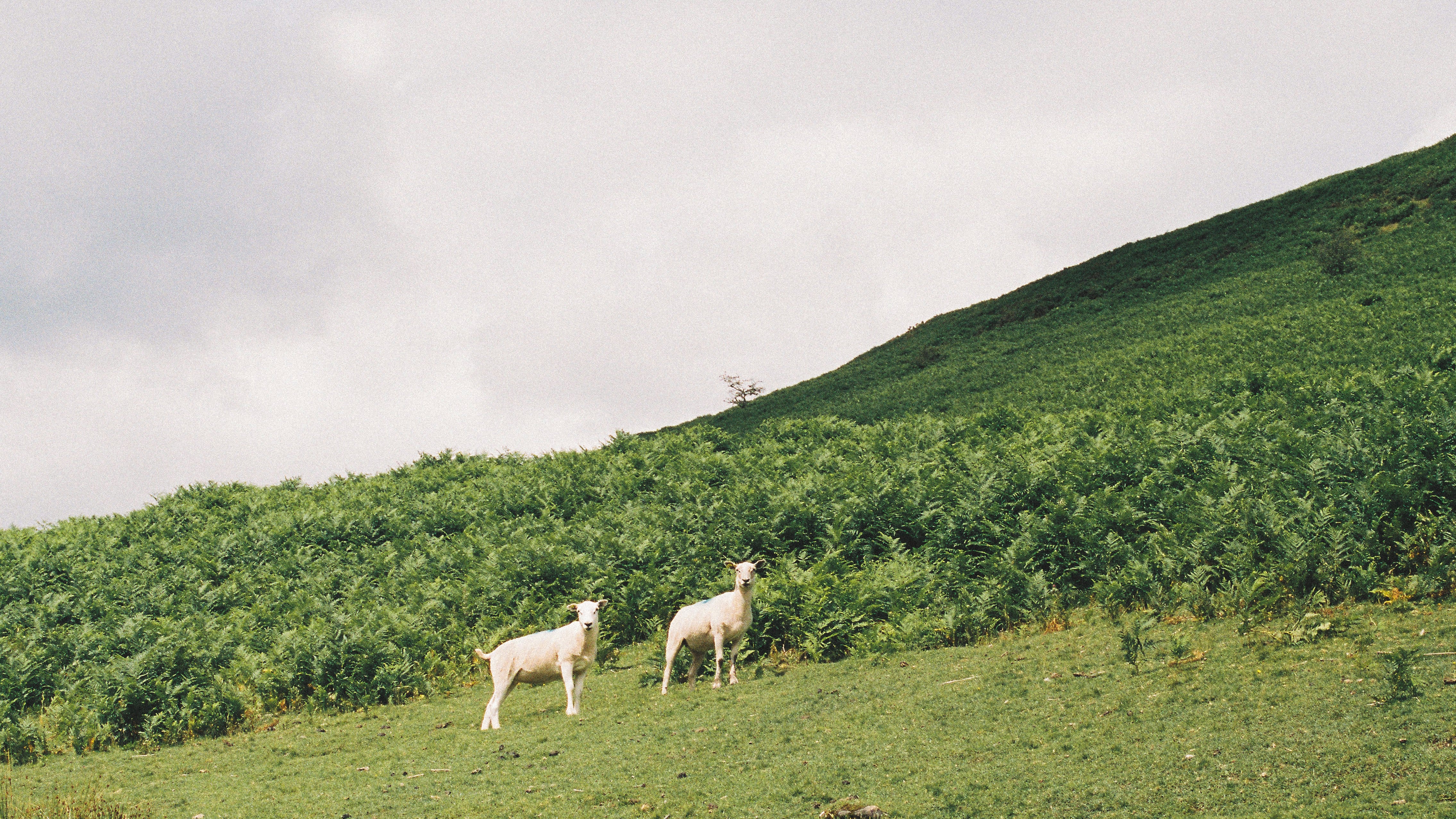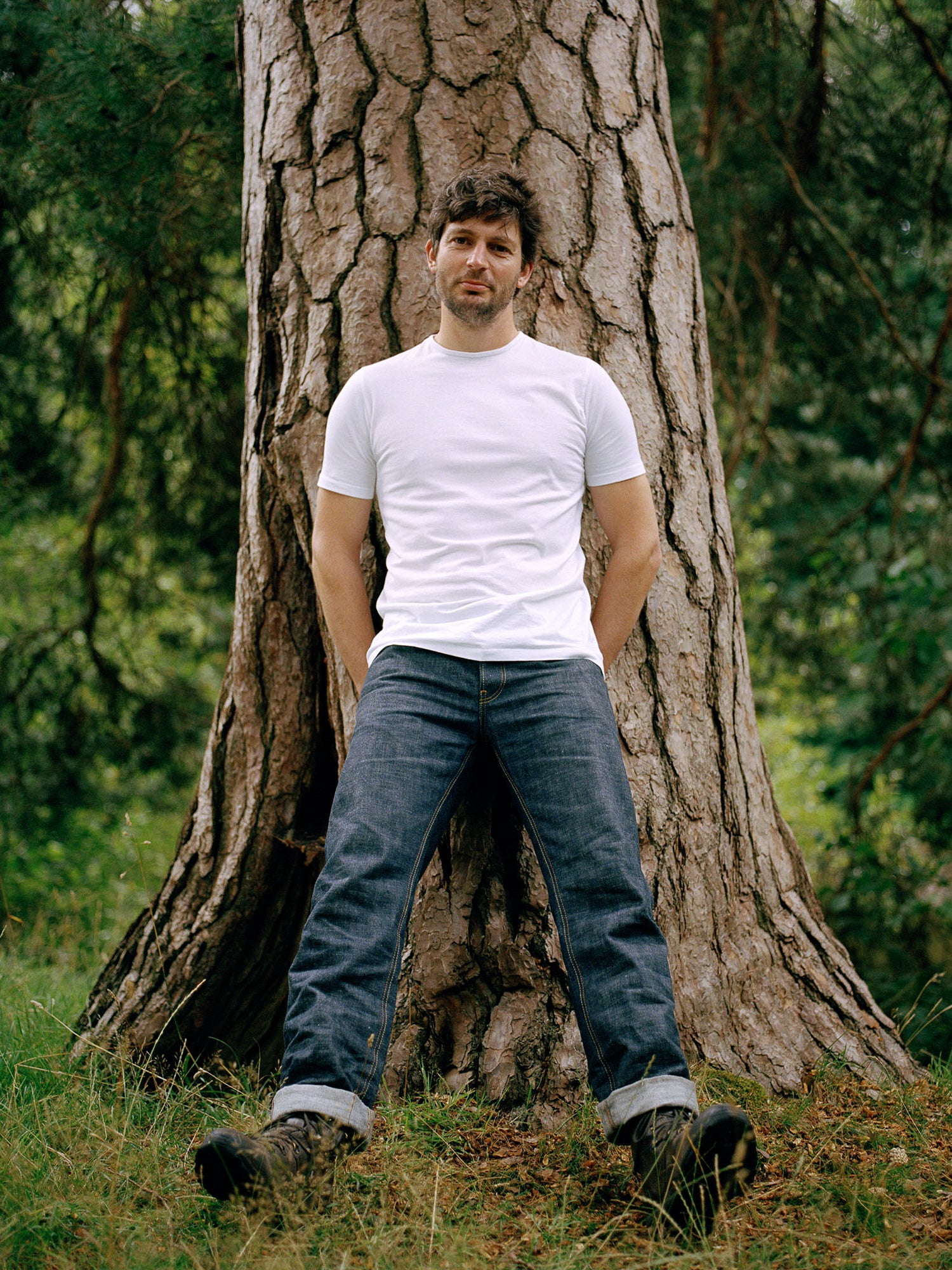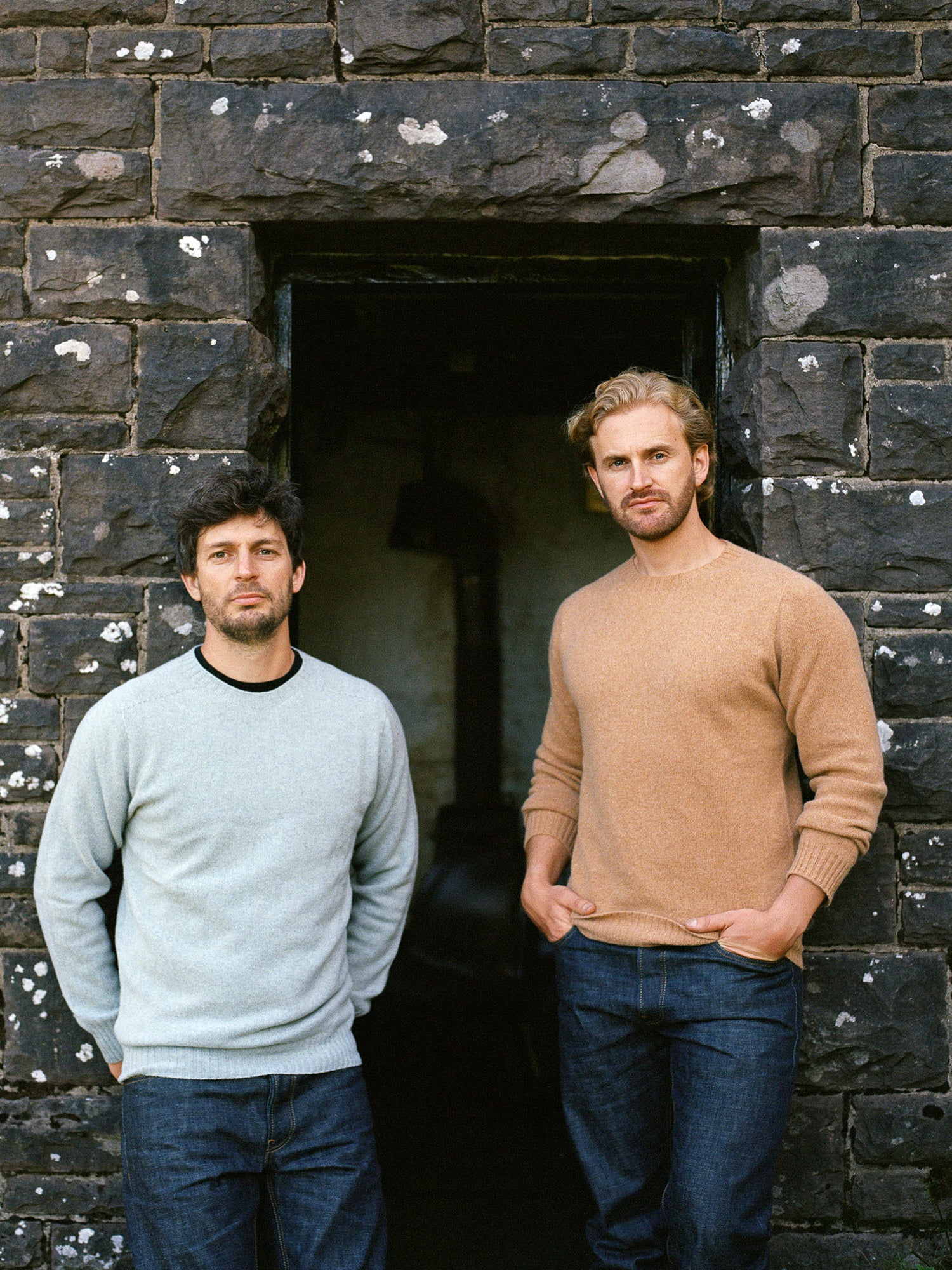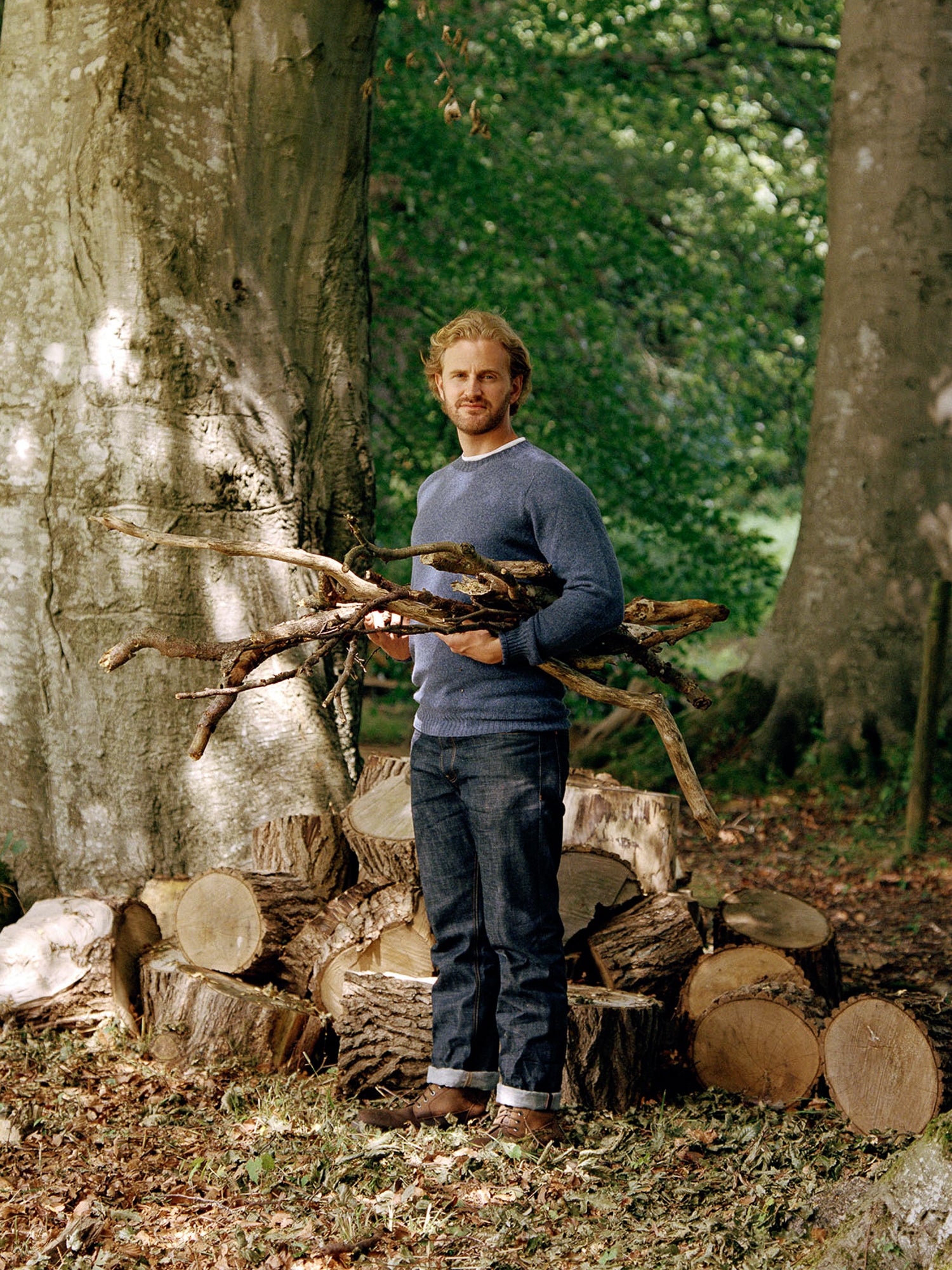Let’s be honest - fast fashion has got us into a bit of a mess. Clothes are cheaper than ever, trends move at lightning speed, and most of us own way more than we actually need. In fact, the average person has about five times more clothing than they would have 40 years ago. Sounds great in theory, right? But here’s the catch: it’s all coming at a huge cost.
We’ve reached a point where the fashion industry is one of the biggest polluters on the planet. It’s responsible for around 10% of global carbon emissions and guzzles up an insane amount of water. And because cheaply made clothes don’t last, we’re throwing them away almost as fast as we’re buying them. A recent study found that the average item of clothing is worn just seven times before being discarded. Seven times!
At Simswear, we want to do things differently. Sustainability isn’t a trend - it’s a responsibility. Central to this mission is our dedication to natural fibres, which offer numerous benefits over synthetic alternatives.
Why Natural Fibres?
Natural fibres, sourced from plants and animals, are renewable resources that provide several advantages:
- Breathability: Fibres like cotton and wool allow air circulation, keeping you comfortable in various climates.
- Moisture-Wicking: Plant-based fibres effectively absorb moisture, making them ideal for active wear.
- Durability: High-quality natural fibres tend to be more robust, extending the lifespan of garments.
- Biodegradability: At the end of their life cycle, natural fibres can decompose naturally, reducing environmental impact.
Check out the core natural fibres we've chosen to work with below
Supima Cotton
While cotton accounts for a significant portion of the textile industry, not all cotton is created equal. We're proud to use GOTS (Global Organic Textile Standards) certified 100% Supima Cotton for our T-shirts. Supima stands out due to its extra-long fibres, averaging 1.5 inches, which impart superior strength, softness, and colour retention. This means our T-shirts are not only luxuriously soft but also durable and vibrant over time. Notably, Supima Cotton represents less than 1% of the world's cotton, grown under stringent regulations that emphasize water efficiency and soil health.
Cashmere
Synonymous with luxury, cashmere offers unparalleled softness and warmth. We source our cashmere from Todd & Duncan, esteemed spinners since 1867, operating from their mill on the banks of Loch Leven. They procure the finest GOTS certified fibres from nomadic herders in Inner Mongolia, ensuring not only exceptional quality but also supporting sustainable herding practices and high animal welfare standards. While even the best cashmere may experience some pilling, a gentle comb can easily restore its pristine appearance.
merino lambswool
For those seeking a balance between luxury and affordability, our 100% Merino Lambswool jumpers are an excellent choice. Collaborating again with Todd & Duncan, we've ensured that our lambswool yarn rivals the softness of cashmere. Sourced from Australia and New Zealand, the RWS (Responsible Wool Standard) certified fibres are meticulously cleaned and softened using water from Loch Leven. Additionally, the dyes employed are GOTS certified, ensuring environmental responsibility and preserving the loch's ecosystem.
